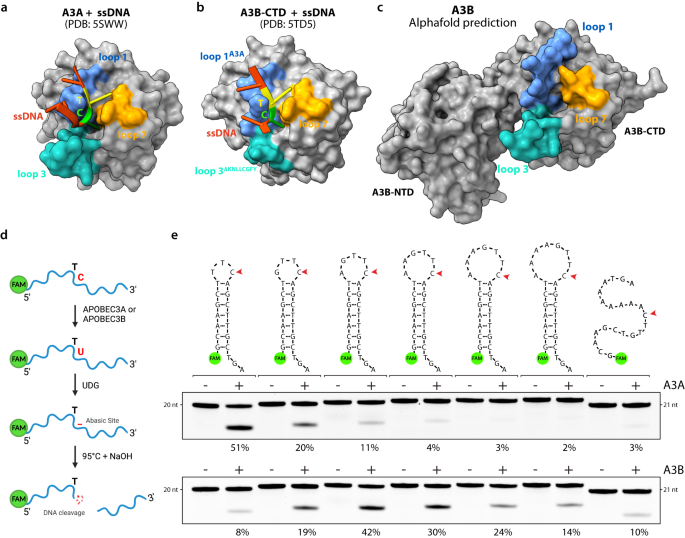2024-03-18 マックス・プランク研究所
<関連情報>
- https://www.mpg.de/21712407/0315-immu-how-dhx9-stress-granules-protect-daughter-cells-from-uv-induced-rna-damage-153800-x?c=2249
- https://www.cell.com/cell/fulltext/S0092-8674(24)00231-9
DHX9ストレス顆粒によるRNA損傷のコンパートメント化 RNA damage compartmentalization by DHX9 stress granules
Yilong Zhou,Amol Panhale,Maria Shvedunova,…,Gerhard Mittler,Thomas Manke,Asifa Akhtar
Cell Published:March 18, 2024
DOI:https://doi.org/10.1016/j.cell.2024.02.028
Highlights
•UV-induced RNA, but not DNA, crosslinking damage induces DHX9 SGs
•Cytoplasmic DHX9 SGs are enriched in damaged intron RNA
•DHX9 SGs activate multiple stress responses in daughter cells
•DHX9 SGs protect daughter cells from parental RNA damage
Summary
Biomolecules incur damage during stress conditions, and damage partitioning represents a vital survival strategy for cells. Here, we identified a distinct stress granule (SG), marked by dsRNA helicase DHX9, which compartmentalizes ultraviolet (UV)-induced RNA, but not DNA, damage. Our FANCI technology revealed that DHX9 SGs are enriched in damaged intron RNA, in contrast to classical SGs that are composed of mature mRNA. UV exposure causes RNA crosslinking damage, impedes intron splicing and decay, and triggers DHX9 SGs within daughter cells. DHX9 SGs promote cell survival and induce dsRNA-related immune response and translation shutdown, differentiating them from classical SGs that assemble downstream of translation arrest. DHX9 modulates dsRNA abundance in the DHX9 SGs and promotes cell viability. Autophagy receptor p62 is activated and important for DHX9 SG disassembly. Our findings establish non-canonical DHX9 SGs as a dedicated non-membrane-bound cytoplasmic compartment that safeguards daughter cells from parental RNA damage.
Graphical abstract



